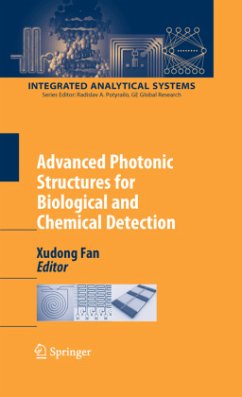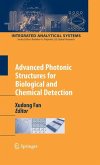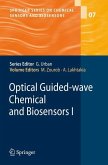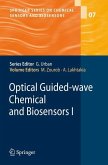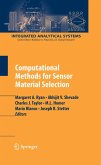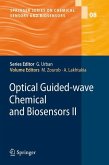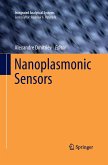This book is a part of Books Series on Integrated Microanalytical Systems. It discusses the latest applications of photonic technologies in bio-chemical sensing. Based on the photonic structures, the book is divided into four sections:
- Photonic crystal structures;
- Optical microring resonator structures;
- Optical fiber/waveguide structures; and,
- Miscellaneous or hybrid structures.
In my career I've found that ''thinking outside the box'' works better if I know what's ''inside the box.'' Dave Grusin, composer and jazz musician Different people think in different time frames: scientists think in decades, engineers think in years, and investors think in quarters. Stan Williams, Director of Quantum Science Research, Hewlett Packard Laboratories Everything can be made smaller, never mind physics; Everything can be made more ef?cient, never mind thermodynamics; Everything will be more expensive, never mind common sense. Tomas Hirschfeld, pioneer of industrial spectroscopy Integrated Analytical Systems Series Editor: Dr. Radislav A. Potyrailo, GE Global Research, Niskayuna, NY The book series Integrated Analytical Systems offers the most recent advances in all key aspects of development and applications of modern instrumentation for che- cal and biological analysis. The key development aspects include (i) innovations in sample introduction through micro- and nano?uidic designs, (ii) new types and methods of fabrication of physical transducers and ion detectors, (iii) materials for sensors that became available due to the breakthroughs in biology, combinatorial materials science, and nanotechnology, and (iv) innovative data processing and mining methodologies that provide dramatically reduced rates of false alarms.
- Photonic crystal structures;
- Optical microring resonator structures;
- Optical fiber/waveguide structures; and,
- Miscellaneous or hybrid structures.
In my career I've found that ''thinking outside the box'' works better if I know what's ''inside the box.'' Dave Grusin, composer and jazz musician Different people think in different time frames: scientists think in decades, engineers think in years, and investors think in quarters. Stan Williams, Director of Quantum Science Research, Hewlett Packard Laboratories Everything can be made smaller, never mind physics; Everything can be made more ef?cient, never mind thermodynamics; Everything will be more expensive, never mind common sense. Tomas Hirschfeld, pioneer of industrial spectroscopy Integrated Analytical Systems Series Editor: Dr. Radislav A. Potyrailo, GE Global Research, Niskayuna, NY The book series Integrated Analytical Systems offers the most recent advances in all key aspects of development and applications of modern instrumentation for che- cal and biological analysis. The key development aspects include (i) innovations in sample introduction through micro- and nano?uidic designs, (ii) new types and methods of fabrication of physical transducers and ion detectors, (iii) materials for sensors that became available due to the breakthroughs in biology, combinatorial materials science, and nanotechnology, and (iv) innovative data processing and mining methodologies that provide dramatically reduced rates of false alarms.

